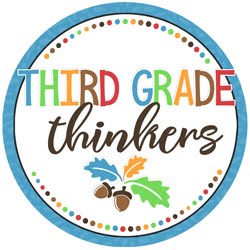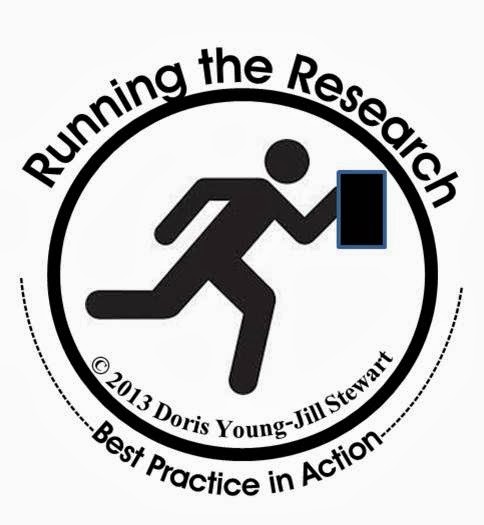What's your dream?
As teachers we tend to keep our focus on others.... students, teammates, kids, husband, families. Caregiving is what we do and caretakers are what we are.
But are we carving out time to take care of ourselves?
How would you describe your relationship with yourself?
Through the years I have learned that my most important relationships are with myself and my Maker. I have discovered that I am most content and satisfied with my life when I am contributing, but I can't give what I don't have. I need to fill myself up so I can pour out onto others.
Becoming the best version of ME helps me become a better contributor.
.
My word of 2018 is
The idea was sprouted from this piece of scripture:
I don't believe I was meant to just survive year after year, I believe I was meant to thrive.
I was not given breath to just grow...God's intention is that I BLOOM.
Creating a vision board is a powerful practice that will help me project and visualize my dreams and goals for the new year.
Visualizing is an amazingly powerful practice. Highly successful people swear by it.
It can be a game changer in achieving your goals.
"Seeing" your future as you wish it to be and declaring it as "done" can go a long way to making it happen. The creation of a vision board and it's daily reminders fill you with the fuel to take massive action towards the goals you set.
Goal getters don't just allow life to happen to them...they know what they want and they go get it.
So my vision board depicts the life I want to live, the one that God says I deserve.
I choose not to fill mine with pictures of material possessions, rather I include images of what I want my life to look like, what I want it to feel like.
I pick images that evoke feeling within me...feelings that will move me into action.
My board is a reflection of my dreams related to my job, finances, health, fitness, spirituality and relationships.
The creation of it is an important part of the process. So if you are going to make one, don't just slap some pictures on a board and call it done. Take time to enjoy the process.
Find a place to work that is uncluttered and uplifting, light a candle, turn on some music.
Gather pictures you have taken that remind you of where you want to go and who you want to be.
Cut them out of magazines or find them on the internet.
Let these images remind you of all you have been blessed with.
Thank God for all that he has given you in your life.
Speak to Him your desires for 2018.
Ask for His strength and guidance in achieving them.
Creating your vision board doesn't need to be costly.
I simply use a cheap cork board I bought from Target. I covered it with material from Hobby Lobby.
I gathered my photos, pictures and inspirational sayings and worked on arranging them on my board.
Don't overthink the process.
Limiting the number of items I add to the board helps me to keep things simple.
I like leaving some blank spaces too...it allows me to add on as the year goes by.
I will hang this in my office where I can be reminded of the life I am creating for myself.
So how about you?
What are your dreams for 2018? How do you work towards achieving them?
I would love to hear!
Comment or email me at youngdor8@gmail.com.


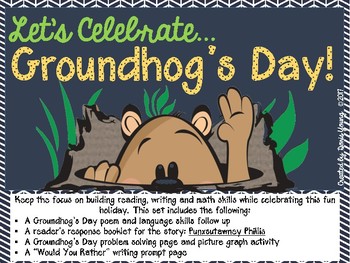


![Failing Forward: Turning Mistakes into Stepping Stones for Success by [Maxwell, John C.]](https://images-na.ssl-images-amazon.com/images/I/514A6fpGcwL.jpg)
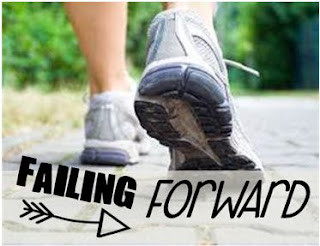

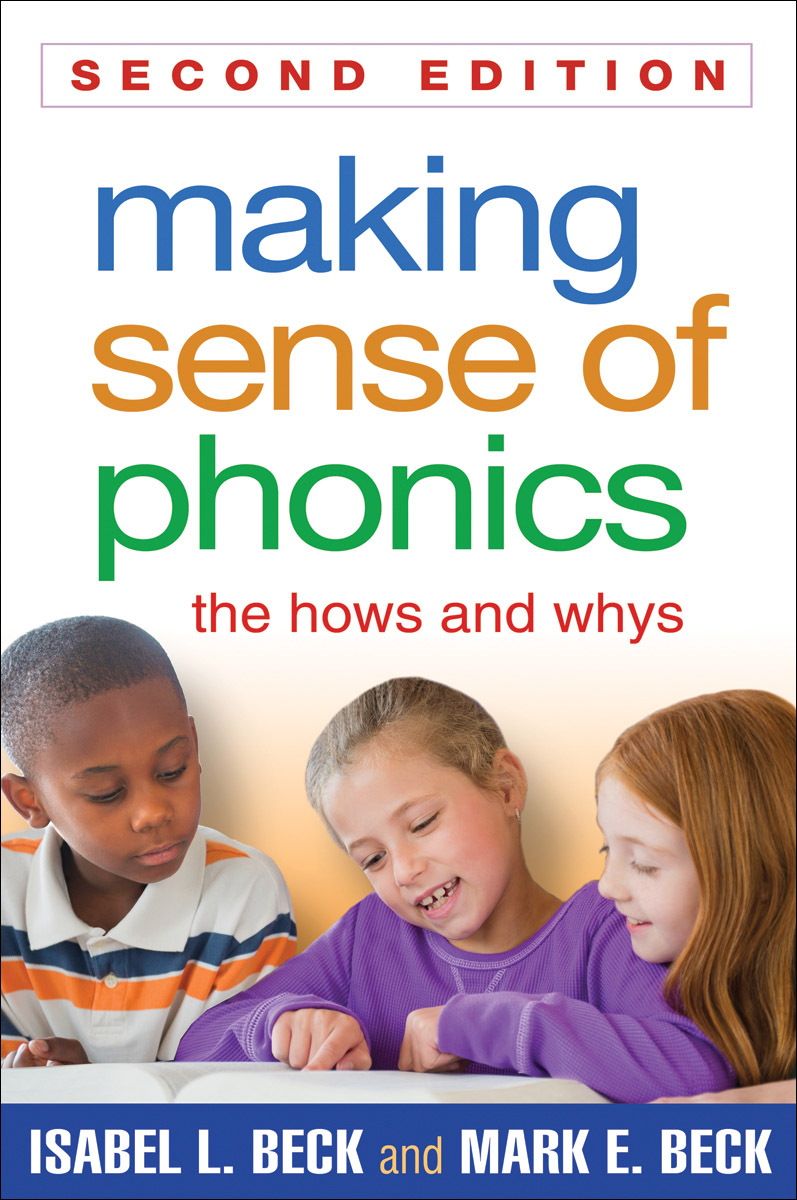










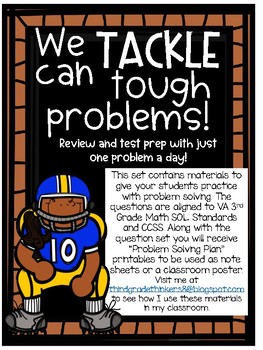




















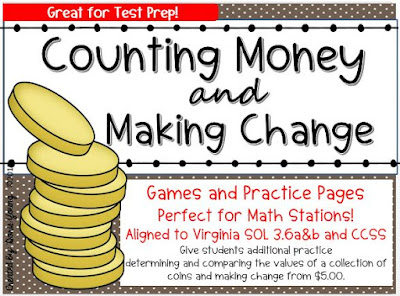












 youngdor8@gmail.com
youngdor8@gmail.com
